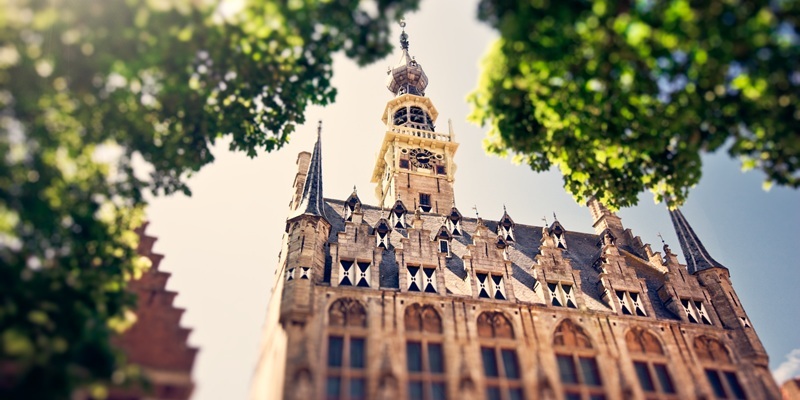A Dundee researcher who explored a historic trading link between Scotland and the Netherlands negotiated by a Dundee merchant is to meet modern-day representatives of the port of Veere.
Innes Duffus, archivist to the Nine Incorporated Trades of Dundee, will hand over a shield taken from the Nine Incorporated Trades of Dundee coat of arms to the Dutch dignitaries when he attends a reception in the Scottish Parliament later this month.
The reception is being held to mark the retiral of Dr Winnie Ewing as Honorary Conservator of the Scots Privileges at Veere, Zeeland.
Dr Ewing was awarded the title by parliamentary colleagues from the Netherlands when she became the longest-serving member of the European Parliament in 1996.
Mr Duffus said that between the 16th and 18th centuries important trade took place between Scotland and northern Europe, with many goods passing through the port of Veere.
“A Dundee merchant called William Goldman negotiated the agreement that Veere would be the staples port for Scotland,” said Mr Duffus.
“That meant that all nominated goods such as hides, skins, salmon had to go through the port by law. That was from the 1500s to the 1700s.”
While the post of conservator is now honorary, at the time of the thriving trading link it was a very important post.
“It was a political appointment,” said Mr Duffus. “He was the equivalent of a kind of ambassador.”
Mr Duffus said the position of conservator fell away after the union of parliaments in 1707, but the connection was recognised in the late-20th century with the honorary appointment of Dr Ewing.
Photo used under Creative Commons licence courtesy of Flickr user Walter Watzpatzkowsi.
